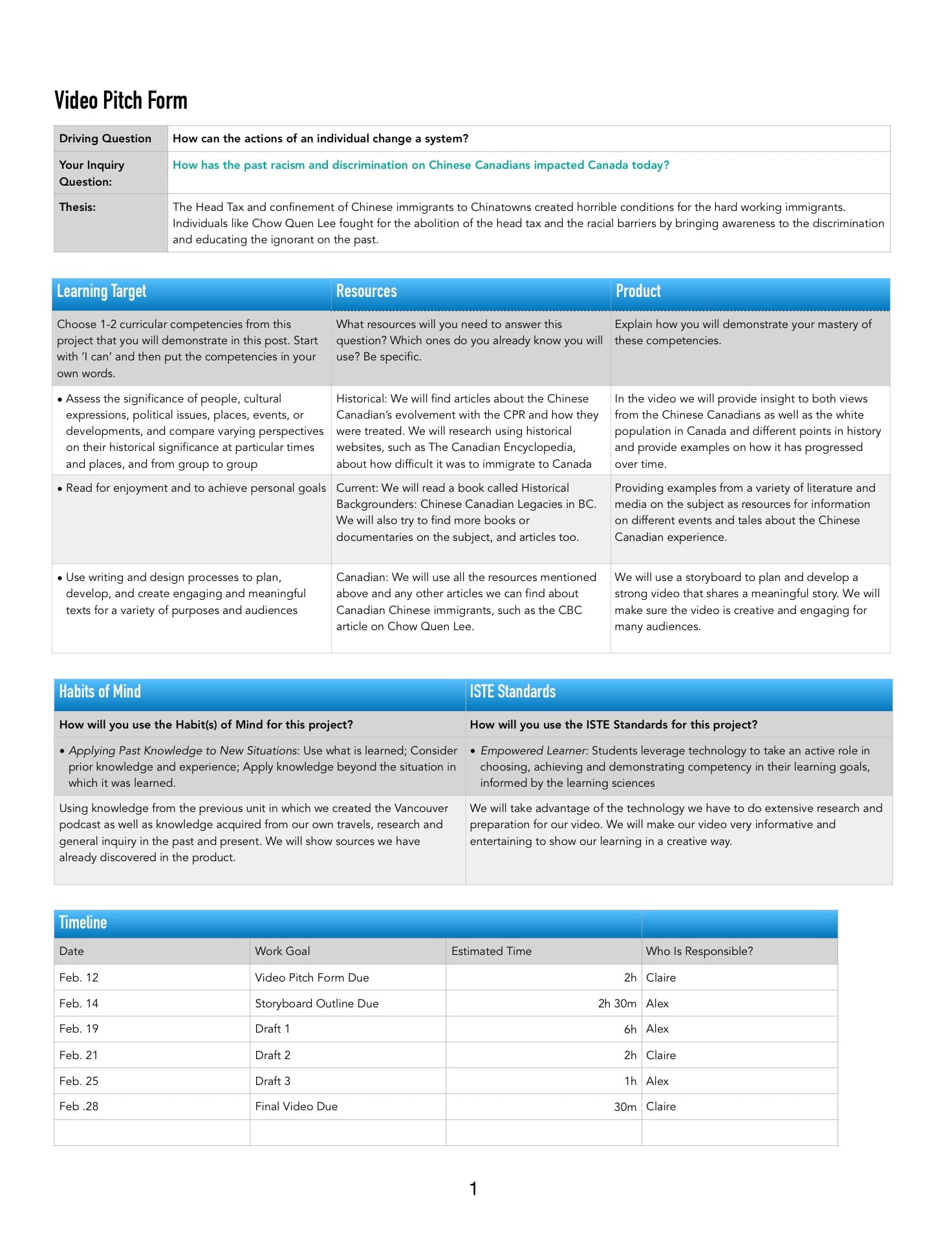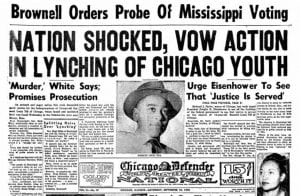Posted on March 8, 2019
We Shall Overcome
The What you just watched was a video that my partner Alex and I made as a project for PLP. We just finished a very important unit. This unit included stuff that is very hard to talk about, and that made this unit quite mentally challenging. For this unit, we learned about the civil rights movement in the United States. You’re probably confused now, because that video has nothing to do with civil rights or the United States. Well, our video does have something to do with our driving question which is, How can the actions of an individual change a system? Let me explain how we learned about the answer to our question.
In grade 11, the history we learn about is mostly the mid to late 1900’s. As you may know, our last unit was on the 1950’s. Here is the blog post on that unit. If our last unit was on the 50’s, that means that this unit had to be on the 1960’s. Specifically we focused on the civil rights movement because that was a huge part of the 60’s. Before we could learn anything we needed to figure out what we needed to learn. As a class we created a numbers document where we wrote down what we already knew about the topic, what we needed to know, and the goals we had for this unit. We continued to edit this document throughout the unit as we learned about what we needed to know.

Before we could learn about the movement, we had to learn about the history of racism and slavery in America. We learned about the civil war, reconstruction, and the Jim Crow laws. This set up the basis for the unit, and I learned about how after slavery was abolished, white people still felt the need to control African Americans, and created the Jim Crow laws to do so. The Jim Crow laws were a set of very racist laws that were put into place so white people would still have power over African Americans.
As part of the English part of this unit, we had to do Socratic Seminars. These seminars consisted of everybody in the class reading a piece of text or watching movie, then discussing the texts in groups of about 8-9. The first text we had to read was a book called Dear Martin. We divided it into two sections and discussed each section in a seminar. We also watched a couple of different movies about the movement to discuss in seminars. I really enjoyed the seminars because they helped me get a deeper understanding of the texts. Here is a little bit of one of my seminar reflections so you can have an idea of how they went.

The civil rights movement had most of its momentum in the 1960’s, but the spark that started it was ignited in the 1950’s. The laws in America stated that African Americans should be treated equally but should be separated from white people. The problem with this was that they were separated, but they weren’t treated equally. One of the ways the African Americans first started to fight for their equality was with the law. For example, Brown v. Board of Education, which was a case where an African American girl wanted to go to a white school because it was significantly closer to her and it was a better school. They ended up winning the court case because the schools were separate but not equal. Here are some other significant events of the 1950’s if you would like to read about them.
Another aspect of this unit was writing a reflection on our blog. This reflection had to compare an event we learned about in this unit to a contemporary event. When we did this post, we had only learnt about the movement in the 50’s, so I chose to compare and event to Emmett Tills murder. This post was a great way to get me thinking about how important the civil rights movement was for today. It has helped lessen racism all over North America, but it is still a huge problem that we need to solve. You can read my reflection post here.
The 1960’s was when the civil rights movement really started to pick up. Martin Luther King was the leader of the movement, and he was a great leader. He thought that the best way to fight would be to do it non-violently. This meant that instead of physically fighting and having violent riots, the movement consisted of marches and sit ins. MLK felt that the movement had to be non-violent because it needed to show that African Americans didn’t have to be feared and that they just wanted equality. Also, when the white people were violent to the people of the movement and they didn’t fight back, it made the white people look like the villains, which they were. Here are some key events of the movement in the 60’s if you would like to read about them.
After years of hard work and many lives lost, the movement finally started to get some of the rights they were fighting for. Throughout the movement segregation was ended, African Americans were able to go to school, they were able to get more jobs and paid more fairly, they gained the right to vote, they abolished the Jim Crow laws, and many, many more amazing things happened. But they didn’t get complete equality and we still live in a world full of racism. Throughout this unit we saw many different examples of how an individual can change a system. We then had the knowledge to answer the driving question in our final project for this unit.
For our project everyone in the class was partnered up, then had to make a video about a Canadian issue. This is the video that you watched at the beginning of this post. We also had to answer the driving question and come up with our own question for our video. I was partnered up with Alex, which I was very happy about because he is very intelligent, and I knew that we would work very well together. The issue we focused on for our issue was the history of discrimination Chinese Candians have had to face. Here is a pitch form with all of the detail of work we had to do for this video.

Alex and I spent a ton of time on this video. The first draft was full of information but was quite boring. We knew we had som work to do for the final draft. We wanted it to have our own creations in it so Alex made animations on Explain Everything, and I made the background music on GarageBand. The rest of our editing was done in iMovie. This video was really interesting to make. It really showed how much I learned throughout the unit, and how easy it was for me to answer the driving question by the end.
I really enjoyed working through this unit. Learning about the civil rights movement was very eye opening. I had no idea how awful the racism was in America. It was also amazing to see how much impact a single person could have on a system. MLK is a great example of this. He had such an impact that he had private meetings with the president at the time demanding that he do something to help. I feel like I have a completely different view on American history now.











